|
Throughout
the 19th and 20th centuries, Maine has
been a destination for artists, who came
seeking the inspiration of the state's
natural beauty, founded colonies and
schools, and contributed measurably to
the history of American art. The
tradition continues to this day with
countless galleries, art walks, and
festivals showcasing the works of native
and 'from away" artists. But
perhaps the most remarkable tribute to
Maine's strong connection with the
visual arts is Maine's Art Museum Trail
which features nine museums, 80,000
works of art, and 350 scenic miles
devoted to an impressive diversity of
subjects, media, and artists. The
trail stretches from Ogunquit on from
the southern coast all the way north to
Bangor and Bar Harbor and includes such
prestigious institutions as the Ogunquit
Museum of American Art, the Portland
Museum, the Bowdoin College Museum,
Bates College Museum, the Farnsworth Art
Museum, Monhegan Museum of Art, Colby
College Museum of Art, the Zillman
Museum, and the Abbe Museum. With all
these riches to choose from, here are a
few personally chosen highlights to
entice the visitor and art-seeking
pilgrim.
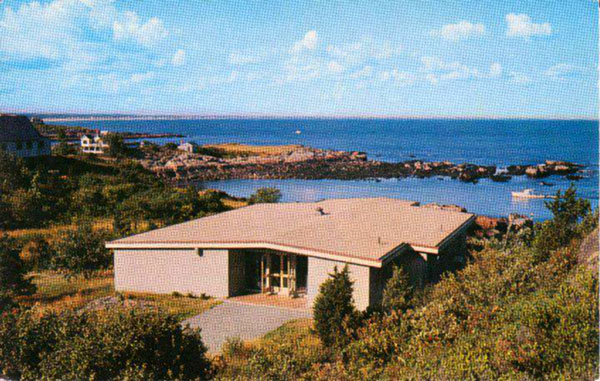
Perched on a bluff overlooking the ocean at Narrow Cove in the
picturesque seacoast town of Ogunquit in southern York County, the
Ogunquit Museum of American Art (www.ogunquitmuseum.org) is a small,
but exquisite gem that offers both permanent and changing exhibits of
American art spanning the 19th century to the present. The diverse
collection includes works by Peggy Bacon, Will Barnet, Charles Burchfield,
Marsden Hartley, Rockwell Kent, Walt Kuhn, Yasuo Kuniyoshi, Jack Levine
, Arnold Newman, Charles Woodbury, and William and Marguerite Zorach.
The Museum also holds an extensive collection of works by artists
associated with Ogunquit's noted early 20th-century art colony. The
museum, itself, is surrounded by beautifully manicured sculpture gardens
with gorgeous vistas of the sea, and the Marginal Way cliff walk, and nearby
Perkins Cove, which housed the famous art colony founded by Charles
Woodbury at its heyday from the 1920s-1950s. One of the best things
about the museum is that its "just right" size allows for a satisfying visit in
which one can take in the beauties of the collection in its entirety without
feeling exhausted or overwhelmed – and then, perhaps head off to Perkins
Cove for a Maine lunch and a bit of shopping or hike the mile-long
Marginal Way with its glorious views of the ocean.
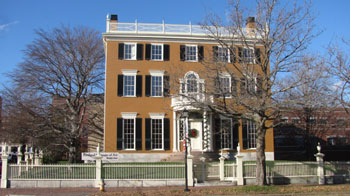 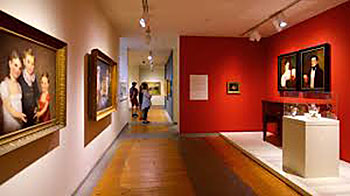
Heading north, the next recommended stop is the Portland Museum of Art
(www.portlandmuseum.org). Housed in the the McClellan-Sweat Mansion,
built in 1800, and the more recent addition, the museum features an
excellent collection of 18th – 19th century American painting, sculpture,
and decorative arts in the period home and galleries devoted to changing
exhibits of American and world art, as well as a core collection of American
masters and Maine artists. The museum generally mounts one large
exhibition and several smaller ones in addition to its permanent collection.
They boast an excellent gift-book shop and a fine caf茅. Located in the heart
of Portland's arts district, there are galleries and eateries within walking
distance, as well as Portland's famed Old Town. An added treat is that the
museum owns Winslow Homer's Studio in nearby Proutts neck and offers
bus tours from Portland to tour the Homer site.

About thirty minutes north of Portland, still on the coast, is the Bowdoin
College Museum, located on the lovely campus of Bowdoin College in
Brunswick (www.bowdoin.edu/art-museum/). A small, first-rate teaching
museum, it mounts several major exhibitions annually, drawn from the
permanent collection and borrowed from across the country. The eight
galleries are easily toured in an hour or two, making this a delightful stop.
Visitors to the museum might also take in some of the other campus sites,
including the Peary Arctic Museum and the lovely Bowdoin Chapel, or visit
some of the historic architectural homes such as the Joshua Chamberlain
House (across the street) or the Harriet Beecher Stowe home nearby.
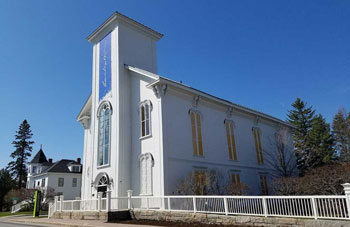 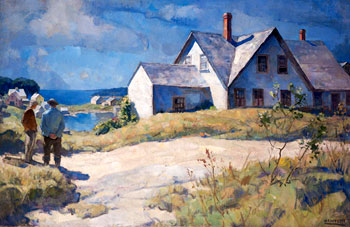
Heading up the coast, the traveler cannot miss Rockland's Farnsworth
Museum (www.farnsworthmuseum.org). Located in the heart of a bustling
seaside waterfront town, the Farnsworth can, indeed, be credited with the
growth and beautification of Rockland in recent years. Celebrating Maine's
role in American art, the Farnsworth Art Museum offers a nationally
recognized collection of works from many of America's greatest artists. The
museum has one of the nation's largest collections of works by sculptor
Louise Nevelson. Its Wyeth Center (in a former church across the street)
features works by Andrew, N.C., and Jamie Wyeth. Two historic buildings,
the adjacent Farnsworth Homestead and the nearby Olson House in
Cushing, devoted to Andrew Wyeth's paintings of Christina's (Olson)
World, belong to the complex. After taking in the treasures of the
Farnsworth, walk Main Street and shop the galleries, boutiques, and
restaurants or take a stroll along waterfront on the newly constructed
Boardwalk.
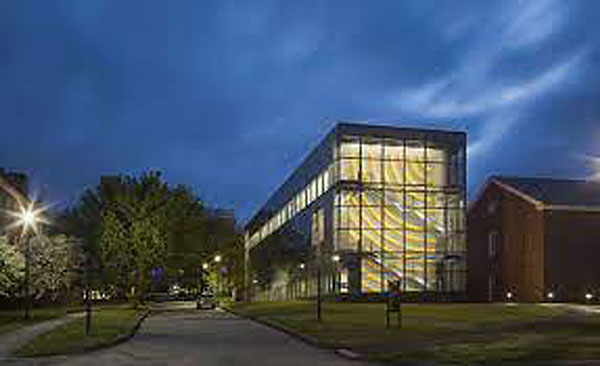
Driving inland from the coast less than an hour and a half, one reaches
Waterville, the home of Colby College and the Colby Museum of Art (www
.museum.colby.edu). The original teaching museum was founded in 1959,
but the complex has been expanded dramatically in 2013-2017 with the
addition of the Lunder wing, a gift from Peter and Paula Lunder to house
their impressive collection of art, which they have given the institution. The
permanent collection is rich in American masters both period and
contemporary, while the Lunder Collection's initial gift consists of 500
American works ranging from Whistler to Georgia O'Keefe, American
Western art to contemporary works. Waterville, itself, is a storied mill
town, which, thanks to the college, benefactors like the Lunders, and
cultural institutions like the Waterville Opera House, has spruced up its
downtown with shops, restaurants, and galleries – all worth a visit.
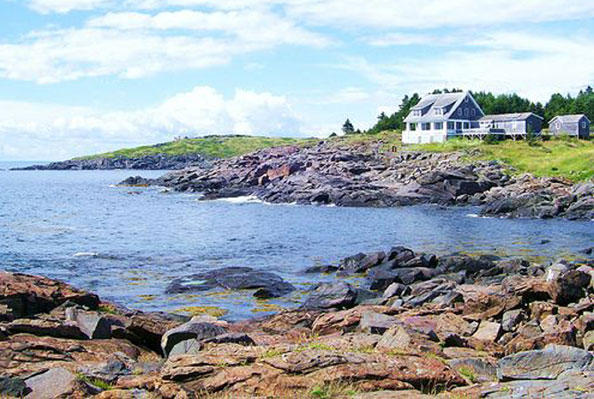
Off the mainland, but definitely worth the voyage by boat, is Monhegan
Island, long an artist's paradise that features prominently in the works of
the Wyeths, Rockwell Kent, Marsden Hartley and other American artists.
Located on Lighthouse Hill in buildings which replicate the old lighthouse
station, the Monhegan Museum (www.monheganmuseum.org) opened in
1958. The facility houses the collection of American art and features one
major exhibition each summer. Monhegan can be accessed from Port
Clyde or New Harbor by public ferries. There is a picturesque inn for
overnight visitors, and the island itself is filled with scenic walks, shops,
and galleries.
Maine has long been for artists and lovers of art a place of pilgrimage. The
landscape, the sea, the rugged and pristine vistas, as well as the small
hamlets, farms, western mountains and lakes have provided inspiration to
create and to enjoy these creations. Maine's museums have made
invaluable contributions to the preservation, study, and enjoyment of
American art, in particular, and today they serve to invite visitors to the
state and to nourish the aesthetic and cultural wellbeing of residents.
|